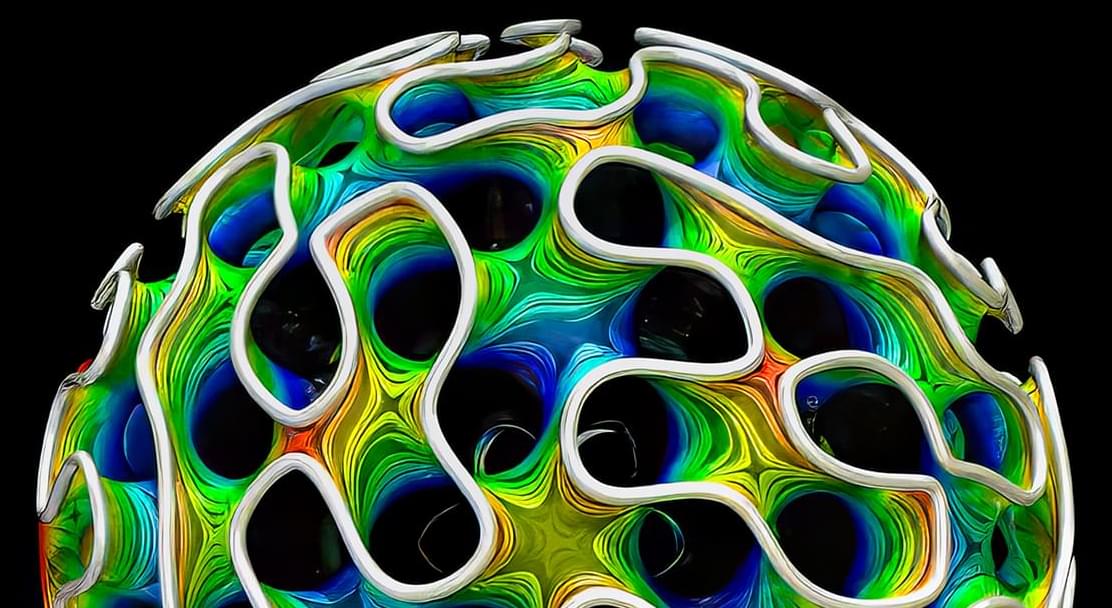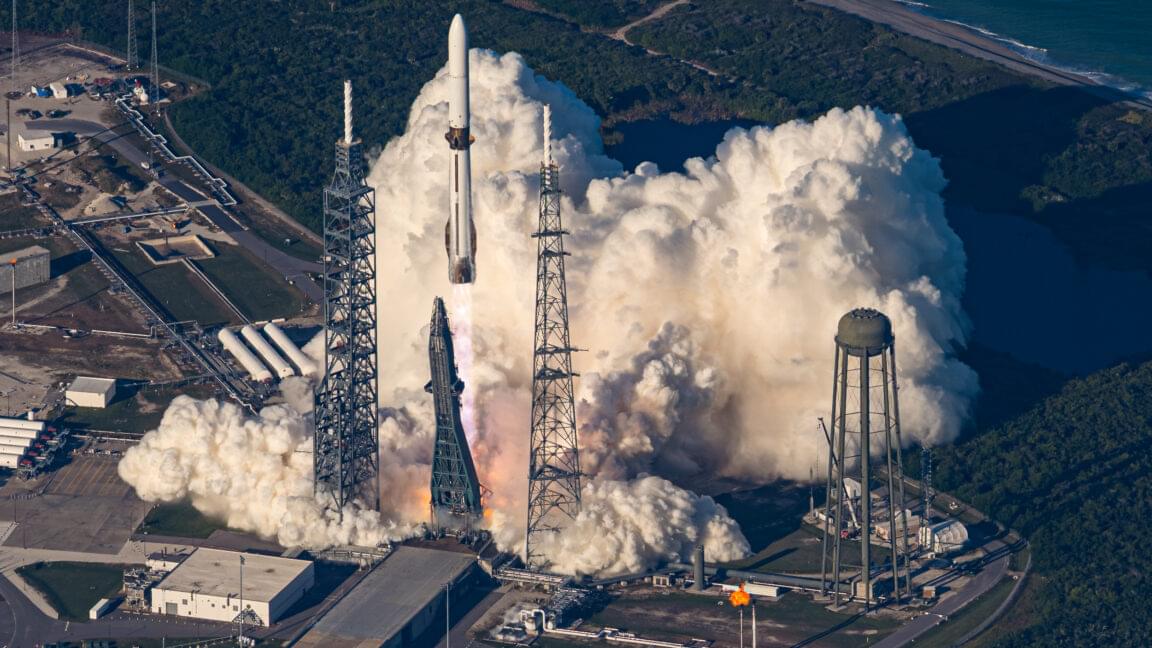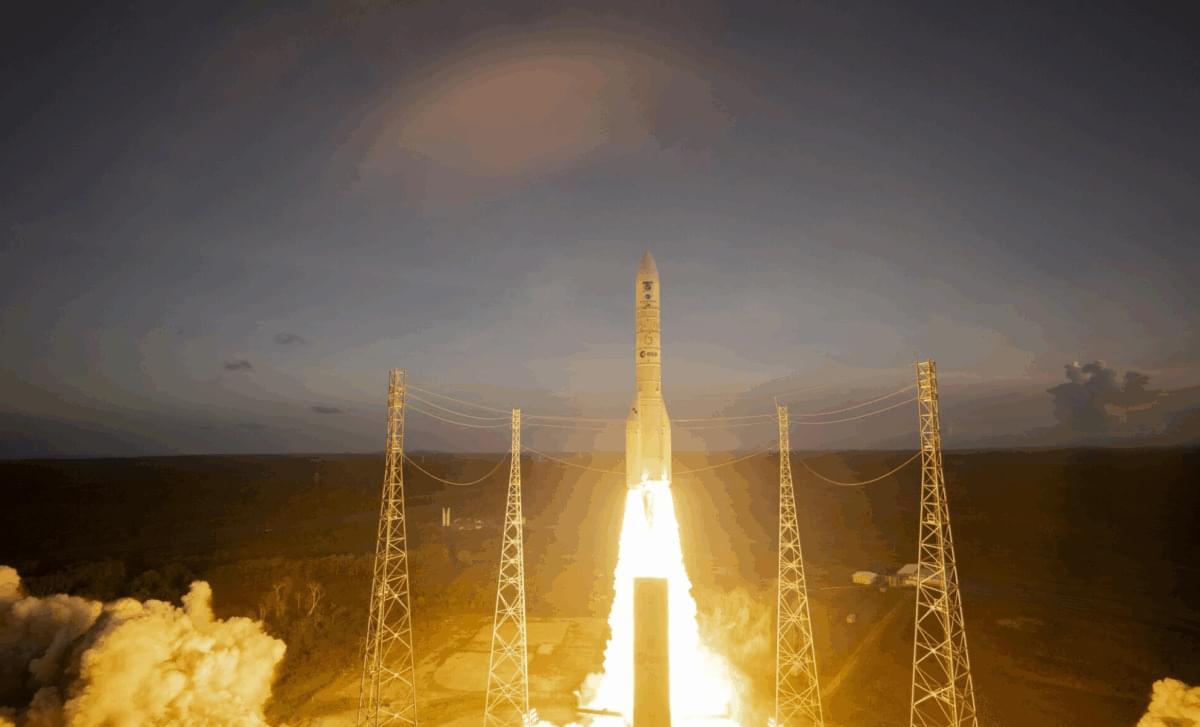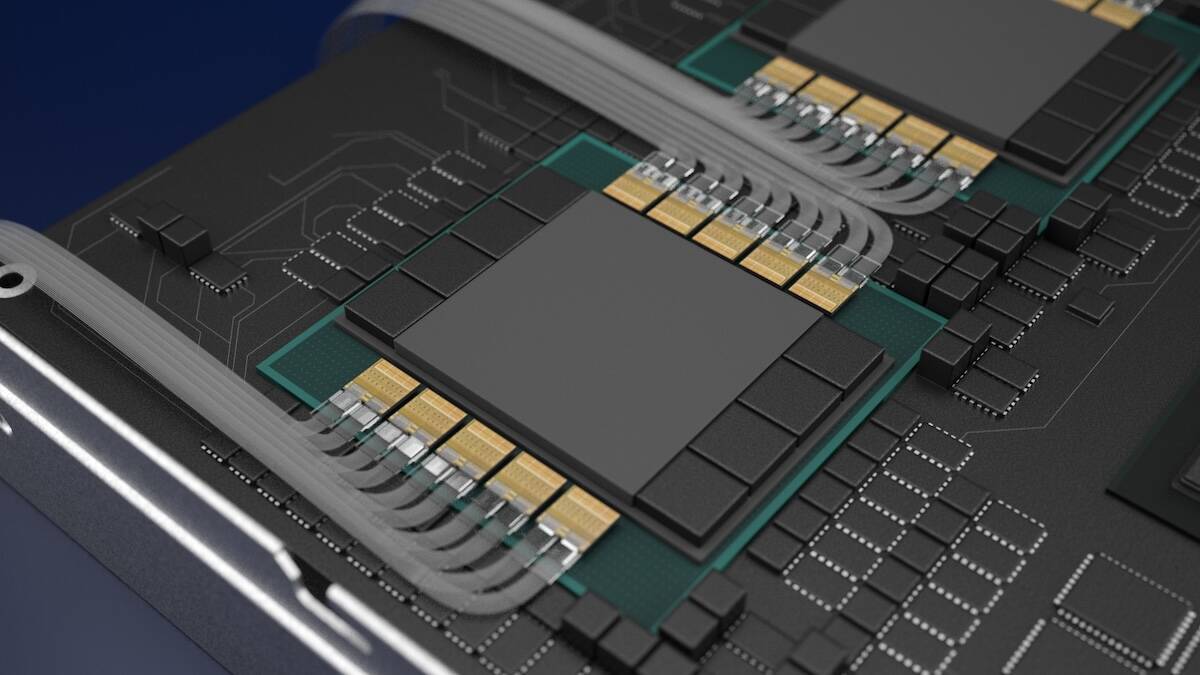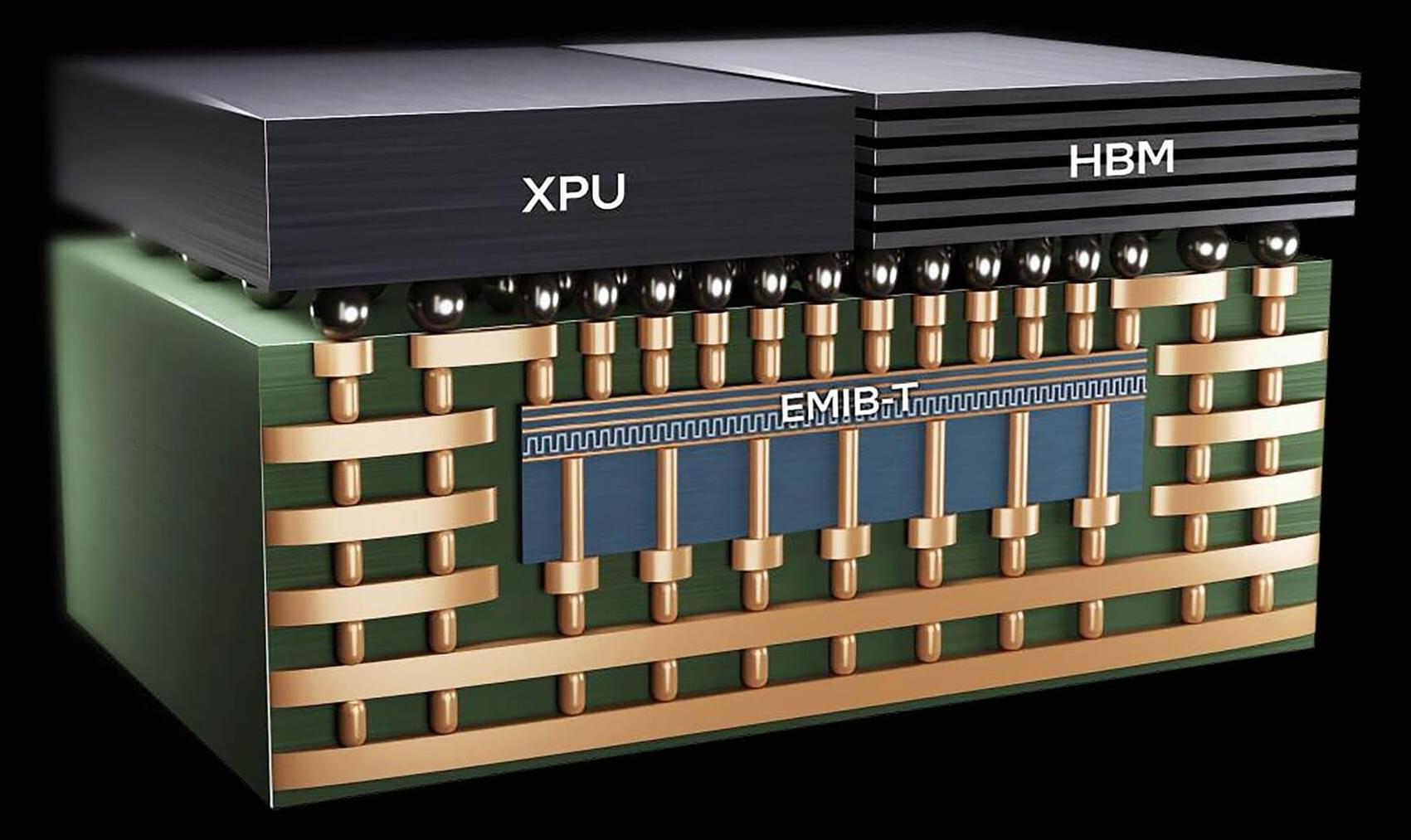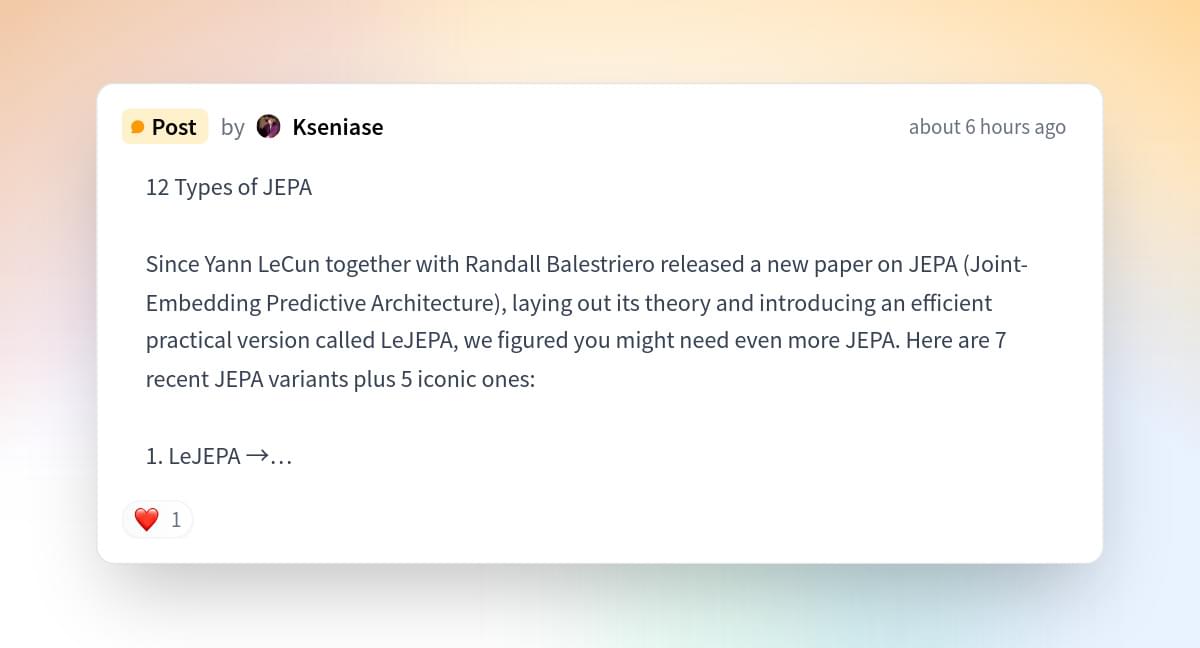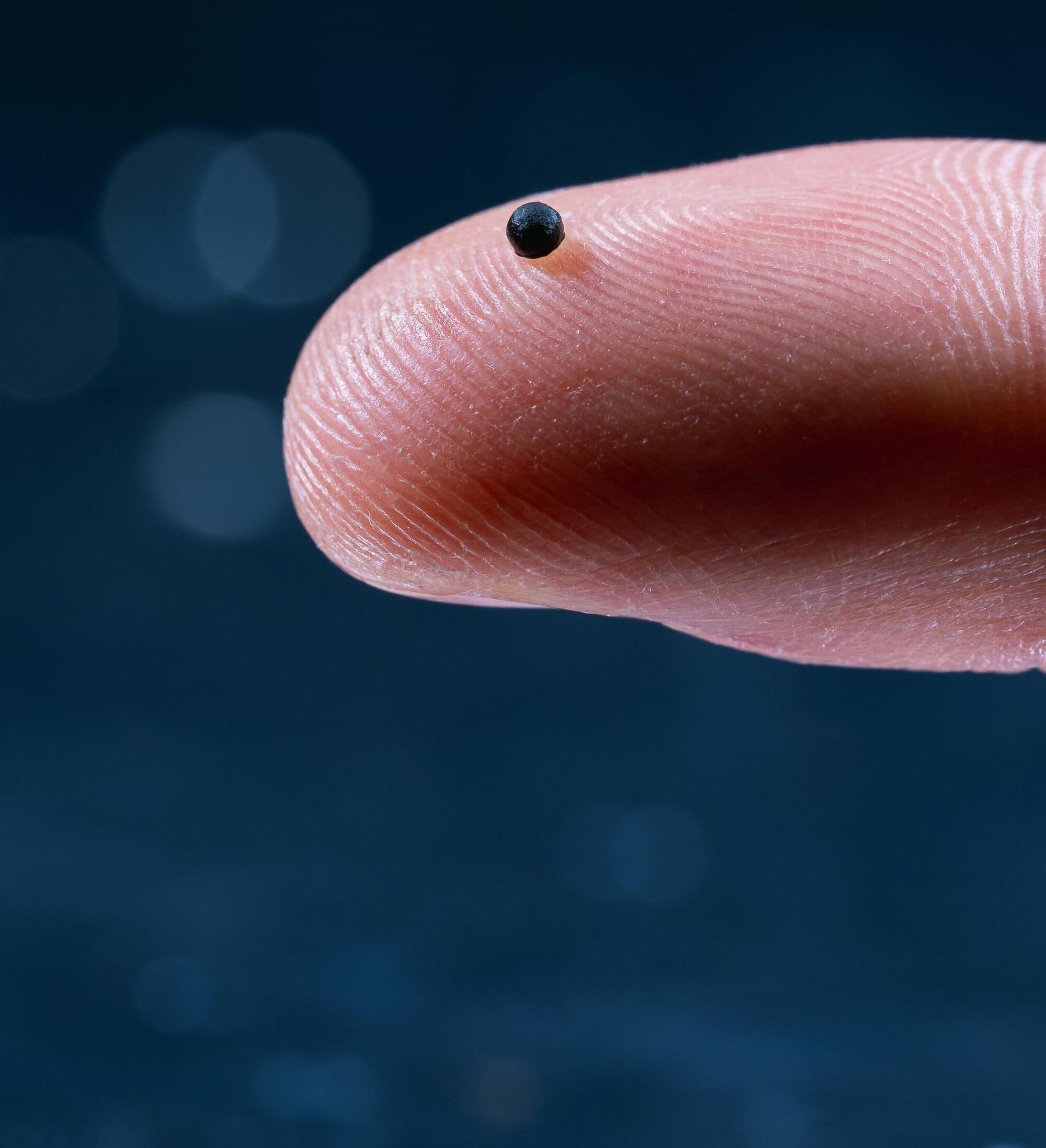Intel might have been lagging significantly behind in the chip business, but when it comes to advanced packaging, the firm has competitive options.
Ever since high-performance computing became the norm in the industry, the demand for robust compute solutions has increased at a pace that surpasses the improvements brought about by relying solely on Moore’s Law. But, to meet the industry’s demand, manufacturers like AMD and NVIDIA adopted advanced packaging technologies, which essentially brought in ‘multiple chips’ in a single package, boosting chip densities as well as platform performance. Advanced packaging solutions have become an integral part of the supply chain, and TSMC has dominated this segment for several years now, but this could change.
In new job listings by Qualcomm and Apple, it appears that both companies are seeking talent with expertise in Intel’s EMIB advanced packaging technology. The Cupertino giant is hiring a DRAM packaging engineer, requiring experience in “advanced packaging technologies such as CoWoS, EMIB, SoIC, and PoP”. Similarly, Qualcomm is recruiting a Director of Product Management for its Data Center Business Unit, which requires familiarity with Intel’s EMIB as well, indicating that interest is defintely there.

